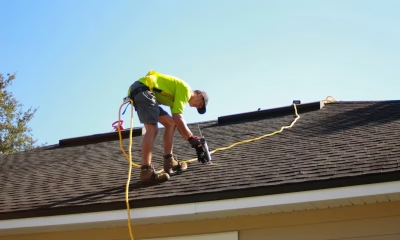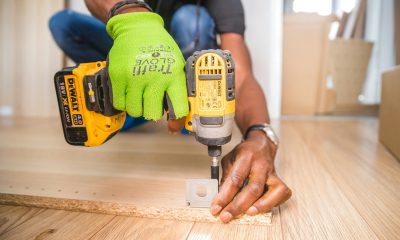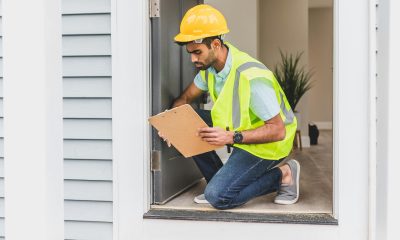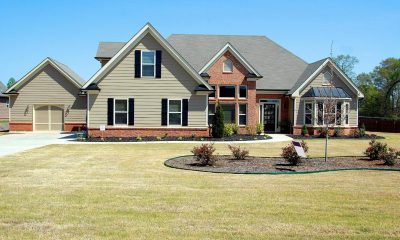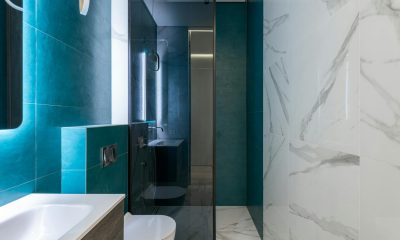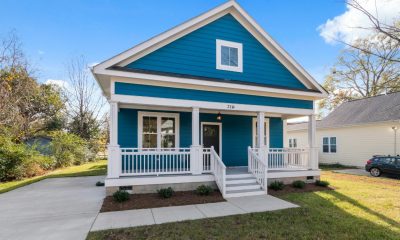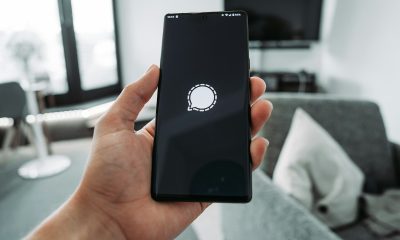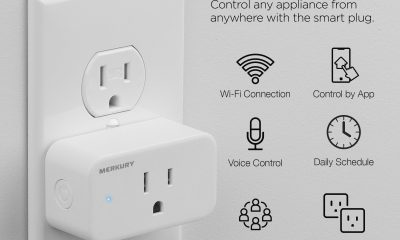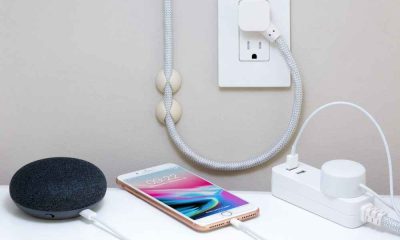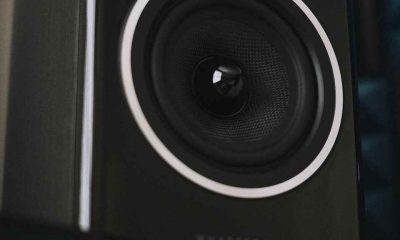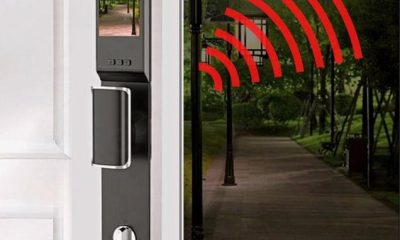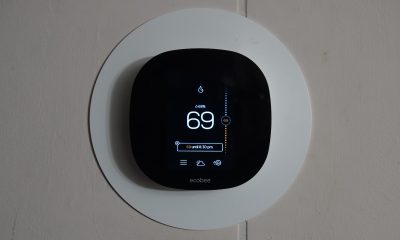Guides
How to Prioritize Exterior Renovations That Actually Matter?
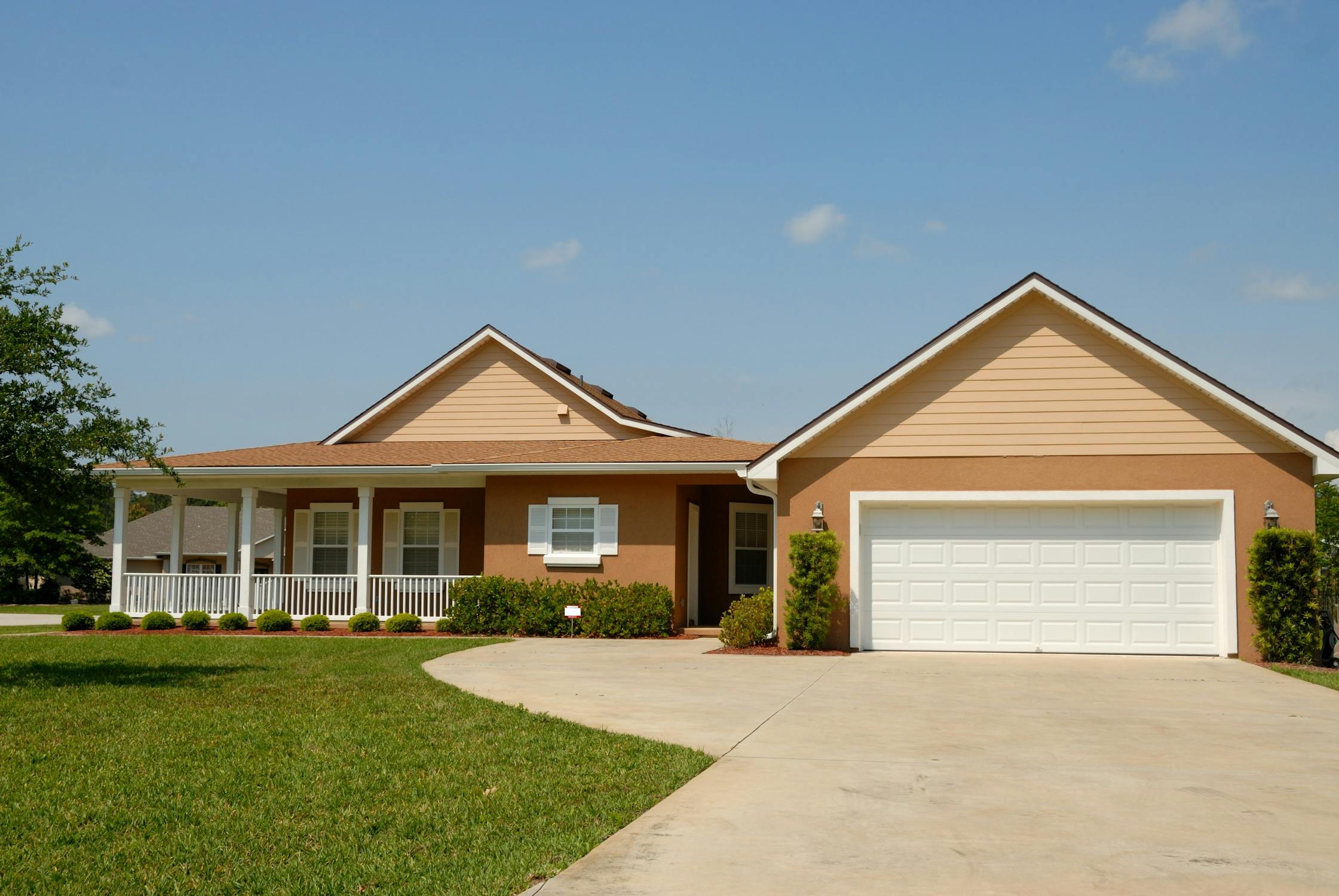
When it comes to home projects, it’s easy to focus on the inside and forget what’s happening outside. But the exterior of your home plays a big role in how well it functions, how it looks, and how it holds its value over time. Whether you’re trying to improve curb appeal, boost energy efficiency, or fix aging materials, knowing where to start can make all the difference.
This guide breaks down which exterior projects are worth tackling first and how to choose updates that will last. It also offers tips on how to plan wisely and avoid spending on things that don’t add long-term value.
Start with High-Impact Projects
The best place to start is with updates that improve your home’s protection and performance while also improving its look. Roofing, siding, and windows fall into this category. These features affect both how your home functions and how people see it from the street.
Siding replacement is a great example. Old or damaged siding makes your house look worn and can let moisture seep in. Modern materials last longer and improve insulation, which helps keep energy bills down.
A clean, updated exterior also changes how people view your home—from neighbors to potential buyers. The same goes for roof repairs or window upgrades. These updates are bigger investments, but they fix core issues and give your house a clean, refreshed look.
Before you choose a contractor or brand, take time to compare quotes and packages. Some providers offer seasonal deals or bundles that reduce your total cost. You might also find incentives for energy-efficient upgrades depending on your state.
If you’re not sure where to begin or what your options look like, it helps to view all offers available from reputable service providers in your area. This step gives you a clear picture of what’s out there and helps avoid overpaying or missing better alternatives.
A little research now can lead to a better deal later.
Don’t Ignore the Small Stuff
Not every improvement has to be big or expensive. Small upgrades can still have a strong impact on how your home looks and feels. Think about your front door, lighting fixtures, or even house numbers.
These details are easy to update and change the first impression your home gives.
Replacing old porch lights or painting the front door can be done in a weekend.
Swapping out an old mailbox or installing modern address numbers makes the entrance feel cleaner and more current.
These aren’t major investments, but they’re worth doing early if you’re updating your home’s overall look.
Focus on Protection First
When you’re thinking about what to tackle next, focus on updates that protect your home from damage. Some problems may not be visible right away, but they can lead to bigger issues over time if left alone. Gutters, roofing, and drainage are a few examples.
A clogged or broken gutter system can cause water to pool around your foundation.
That moisture can lead to cracks, mold, and costly structural repairs. Replacing worn-out gutters or adding downspout extensions is a simple way to prevent those problems.
Check your roof for missing shingles, soft spots, or discoloration. Even small issues can grow into larger leaks.
Fixing minor damage before it spreads saves time and money. A strong roof helps keep your home dry, insulated, and safe during rough weather.
Also, take a look at the base of your home. If you notice pooling water or signs of erosion, it may be time to look at grading or foundation drainage.
These fixes might not be exciting, but they protect your home’s structure and help maintain long-term value.
Think About Materials and Climate
Not every house faces the same challenges. The region where you live should play a part in what exterior updates matter most. Weather, temperature swings, and sun exposure all affect how well different materials hold up.
For homes in humid or rainy areas, it makes sense to focus on water resistance.
That might mean choosing siding that doesn’t warp or crack over time, or investing in a roof that performs well under heavy rain. If you live in a place that sees strong sun for most of the year, look for fade-resistant paint or materials that reflect heat.
It also helps to look for materials that are low maintenance. Wood trim, for example, looks great but often requires regular repainting or sealing. Composite or vinyl options may offer the same look without the upkeep. These choices add value by cutting down on future repairs and time spent on maintenance.
Before starting any project, check if the material works well in your region’s climate. Talk to a local contractor or supplier who knows what holds up in your area. A quick conversation can help avoid mistakes that shorten the life of your updates.
Balance Budget and Timeline
Big exterior projects take planning. Instead of rushing to do everything at once, break your list into phases. Focus on one or two larger updates per season or year. This approach helps manage costs and keeps the work from feeling overwhelming.
Creating a simple timeline for the year also makes it easier to track progress. You’ll know what’s been done and what’s coming next. It also gives you time to save between projects.
If possible, group smaller updates together. For example, you can update lighting, door hardware, and trim color in the same week. These types of projects are easier to knock out and create a visible impact.
Some contractors offer lower rates during off-peak seasons. If your project isn’t urgent, consider scheduling it when demand is low. It could lead to faster service and better pricing.
Exterior upgrades don’t have to be done all at once. Focus on what keeps your home protected and functioning first. Then work toward improvements that add comfort, style, and value. A thoughtful plan and steady progress make a big difference over time.
-
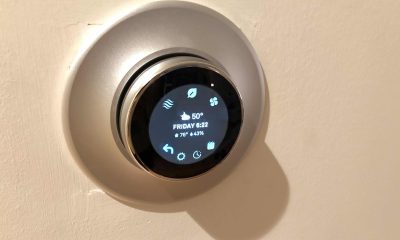
 Gadgets3 years ago
Gadgets3 years agoDoes Nest Thermostats Contain Cameras Or Microphones? Is It Safe For you?
-

 Guides1 year ago
Guides1 year ago10 Best Apps To Control All Your Smart Home Devices.
-

 Gadgets3 years ago
Gadgets3 years agoWhat Is The Purpose Of Red Button On The SimpliSafe Keypad?
-
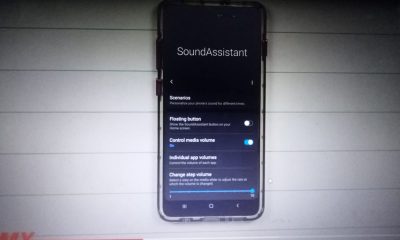
 Gadgets2 years ago
Gadgets2 years agoComplete Guide About Equalizer settings for Samsung-Soundbar
-

 Accessories2 years ago
Accessories2 years agoBlink Camera’s Temperature Sensor Settings, and More
-

 Solutions3 years ago
Solutions3 years agoWhy is My Samsung TV Picture So Dark? Exploring the Possible Causes
-

 Gadgets3 years ago
Gadgets3 years agoFitbit Symbols Meaning: What Do The Fitbit Icons Mean?
-

 Accessories2 years ago
Accessories2 years agoCan Siri Control Samsung Televisions And Are Samsung TVs Homekit Compliant?






